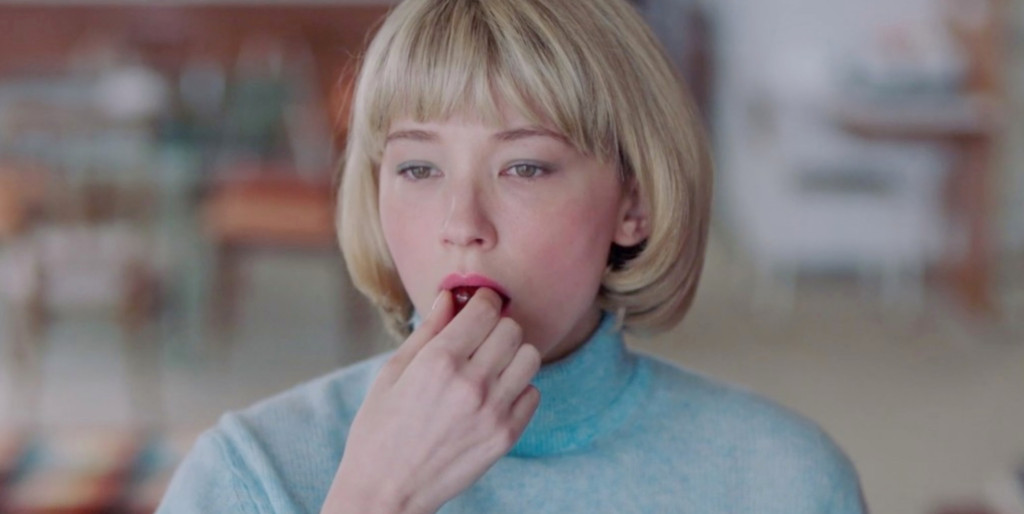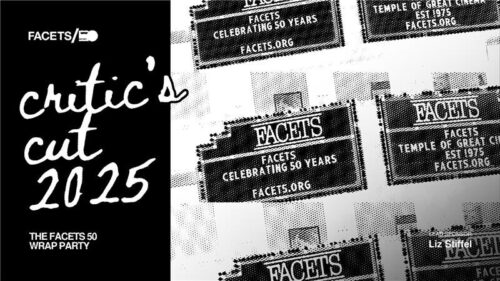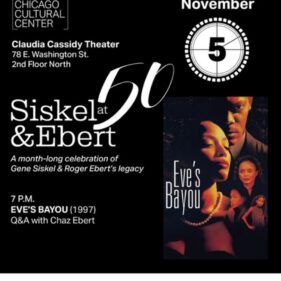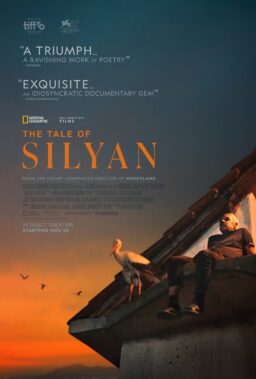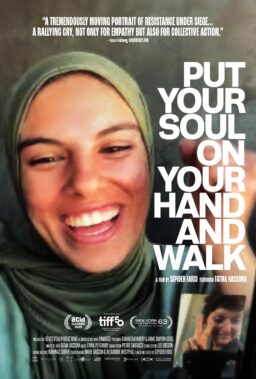In Carlo Mirabella-Davis’ film “Swallow,” protagonist Hunter (Haley Bennett) spots a marble and holds it up to the light. She examines the small glass sphere with fascination. Red light refracts onto her face as her eyes fill with desire for the object; it has hypnotized her. After regarding the marble, she slowly places it in her mouth like a forbidden candy and swallows it. Her face relaxes, a smile dances on her lips, and Hunter finally appears relieved. In this short scene, Davis has captured the experience of having obsessive-compulsive disorder, or OCD.
Specifically, Hunter has pica, which is described as the craving and chewing of substances that have no nutritional value. While it is not always an indicator of OCD, in the context of “Swallow,” pica is how Hunter tries to exercise some modicum of control over her life. So often, OCD is about control and trying to grasp it. Hunter, in trying to find some happiness or perform some action that is her own while stuck in a controlling marriage, chooses to swallow things. Swallowing items such as marbles, batteries, and thumbtacks is Hunter’s compulsion, something she can use as comfort; without these objects, Hunter cannot be happy and fixates on them until she can fulfill that compulsion. But if she fulfills that compulsion, then she can be the perfect housewife. This fixation, sometimes to the point of harm, emulates the frustrating, exhausting, and painful experience of living with obsessive-compulsive disorder.
“Swallow” is the first film I’ve ever seen that portrays the disturbing and sometimes harmful reality of OCD without playing it for jokes. Just a few years ago, I was diagnosed with OCD, with my symptoms manifesting through violent intrusive thoughts and the compulsions that would ensure those thoughts wouldn’t become a reality, such as planned walking routes, a need to be on a strict schedule, and ripping off my nails. I believe I’ve struggled with OCD for most of my life, but due to certain media representations of the disorder, I doubted my symptoms.

Most films and television show OCD as the need to continuously wash your hands, flip light switches on and off, and repeatedly lock doors. While these can be symptoms, oftentimes these compulsions are portrayed in film and television as hilarious personality quirks that help define how weird a character is. This is seen most notably in Tony Sheloub’s Adrian Monk from the television show “Monk”. Even in the season one trailer, “Monk” is seen as a complete germaphobe who must cover his face in public, must use tissues to touch anything, and his closet is perfectly color-coordinated. Each of these actions is used to make the character look ridiculous and comedic. His debilitating fear of the world is so exaggerated that audiences can’t help but laugh at him.
On the flipside, OCD is also used to portray evil, as seen in the serial killer Jack (Matt Dillon) in “The House That Jack Built” and Roman Sionis (Ewan McGregor) in “Birds Of Prey (And the Fantabulous Emancipation of One Harley Quinn).” In both cases, these men are explicitly described as having OCD, which offers an explanation for their sadistic actions. In “The House That Jack Built,” there is an entire sequence about Jack discussing his OCD and the need to repeatedly return to a murder site to make sure he cleaned up all the blood. In “Birds of Prey,” Sionis is shown constantly wearing gloves to avoid touching any surfaces. He even instructs his henchman to murder a young girl because of a snot bubble. OCD then becomes a personality trait associated with sociopaths. They need to control their world so intensely that it manifests in violence. However, in living with OCD, violence is the last thing many of us want. Those of us with intrusive thoughts think about violence constantly but are terrified of it. Our compulsions manifest around ways to avoid those horrific thoughts; the last thing we want is to murder.
In listing the different representations of OCD in television and film, you may notice a trend: all of the characters listed are men. Somehow, OCD has become associated with a masculine need for control. Men need to be in control of their lives and even those around them, so of course, their struggles with OCD are comical and sometimes tragic. What is more emasculating than not having total control over your actions? “Swallow” changes these preconceived notions about what it means for a man to be in control. In “Swallow,” pica instead manifests in response to trauma and the inability for a woman to exercise autonomy over her life and body. As Hunter’s husband and in-laws tell her what to wear, how to speak, and how to cut her hair, she reaches for small objects to place on her tongue and take like a pill.

“Swallow” also takes these assumptions of OCD—straightened coasters, perfectly ironed shirts, and sparkling cleanliness—and places them at odds with Hunter’s own symptoms. In comparing the controlling nature of husband to her pica, Mirabella-Davis showcases what living with OCD is truly like. It is not merely the need to straighten your desk and have everything clean; it is an all-consuming, irrational desire that seems impossible to banish until a very specific action is taken.
OCD is a mental disorder with many faces and manifestations, and I can only write about “Swallow” in reference to my own experience living with the disorder. What I do know is that the masculine and monolithic representation of obsessive-compulsive disorder has reduced it to a personality trait that can jokingly be used to describe a tendency to be tidy. Yes, OCD can manifest as anxiety around contamination, but it is so much more than that one symptom. “Swallow” has finally captured the more nuanced and complex reality of the diagnosis. This body horror of a different color portrays the strange, uncontrollable urges that come with obsessive-compulsive tendencies. This is more than just washing hands and turning off lights; this is about searching for a way to quell an ocean of anxiety through whatever means the brain deems necessary.
